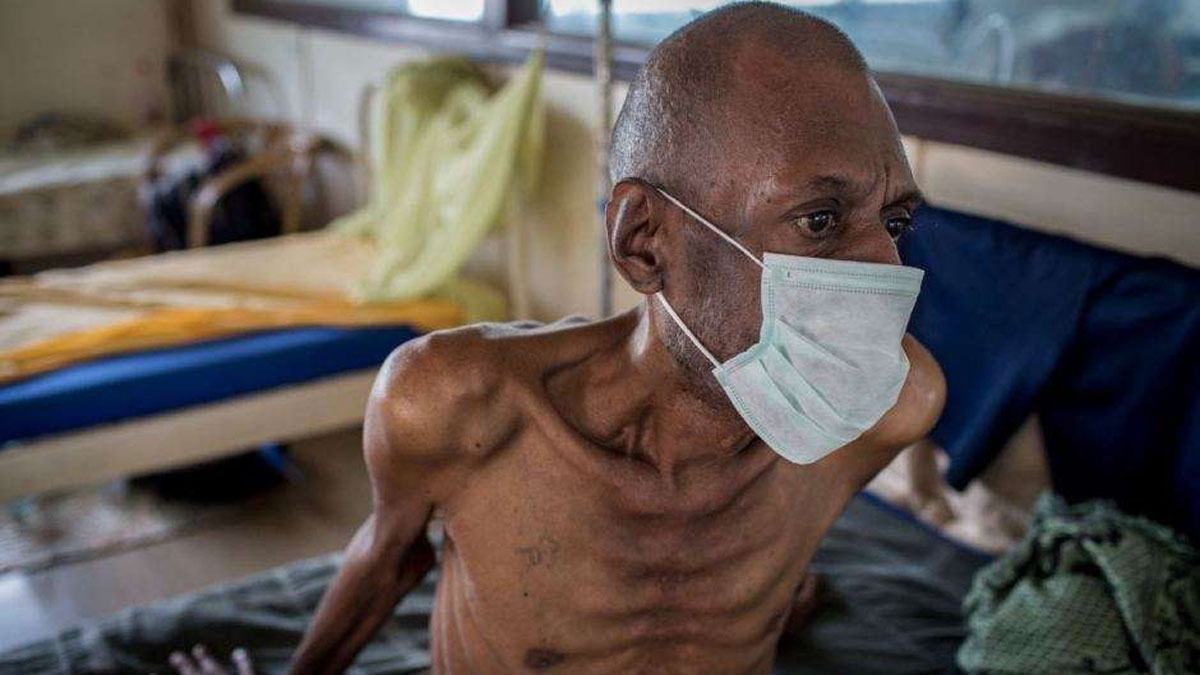In recent years, the U.S. has seen a troubling jump in infections from drug resistant “nightmare bacteria.” Reports show these cases rose nearly 70 percent from 2019 to 2023. The main culprit is bacteria carrying the NDM gene, which makes them resistant to many antibiotics. Only two intravenous treatments remain effective against many of these infections, making this surge particularly alarming.
The Numbers and Trend
Infections with carbapenem-resistant bacteria rose from under 2 per 100,000 people in 2019 to just over 3 per 100,000 in 2023. Meanwhile, NDM bearing cases jumped from about 0.25 to 1.35 per 100,000, which is nearly a 460 percent increase. In 2023 alone, health officials tracked over 4,300 carbapenem-resistant cases across 29 states, and more than 1,800 involved the NDM strain. However, those figures likely underrepresent the true scale because many states still lack full testing and reporting systems.
Why NDM Bacteria Spark Alarm
Bacteria with NDM, or New Delhi metallo-beta-lactamase, present a severe risk. They neutralize many major classes of antibiotics, leaving few options. The treatments that work cost a lot and must be delivered via IV in hospital settings. Moreover, these bacteria were once rare in the U.S., often linked to patients who received medical care abroad. Now, domestic cases have risen more than fivefold, suggesting wider community spread. Experts warn that hidden carriage, where people carry the bacteria without symptoms, may drive further transmission before detection.
Role of Antibiotic Overuse and Pandemic Effects
Specialists believe overuse of antibiotics, especially during the COVID-19 pandemic, accelerated resistance. Many hospitalized COVID patients received broad antibiotics even when bacterial infection was unlikely, which exerted evolutionary pressure. This misuse likely helped resistant strains gain ground domestically. Additionally, disruption to surveillance, hospital practices, and infection control during the pandemic may have weakened defenses.
Gaps in Reporting and Testing
Despite the troubling increases, many states do not fully test for or report NDM cases. Data from populous states such as California, Florida, New York, and Texas remain incomplete or missing. Without consistent surveillance, public health authorities may miss the full picture. Also, many hospitals lack the capacity to run genetic resistance tests, meaning some resistant infections go undetected.
What This Means for Public Health
The rise signals that once routine infections, like urinary tract infections or wound infections, could become harder or even impossible to treat. It may strain hospital systems, raise treatment costs, and lead to more severe outcomes, including deaths. Public health experts call for urgent action, including better antibiotic stewardship, improved surveillance, investment in rapid diagnostics, and research into new treatments.
Conclusion
Rising cases of nightmare bacteria in the U.S. represent a serious public health threat. The spread of NDM gene bacteria complicates treatment, threatens routine medical care, and underscores how resistance can spiral when antibiotics are misused and go unchecked. Although the trend remains undercounted, the data so far demand attention. With coordinated response, including surveillance, stewardship, and innovation, experts hope to slow the advance and preserve the effectiveness of antibiotics for future generations
Bonus Read : Ebola Outbreak in Congo Suspected of Causing 15 Deaths




2 thoughts on “Nightmare Bacteria Cases Surge in U.S.”